车载定位终端加密数据解析,提取定位信息攻略
本文提供了解析车载定位终端加密数据并提取定位信息的攻略。文章指出,作者接收到的GPS设备数据为二进制格式,尝试使用`data.decode()`方法解码失败,原因在于数据经过加密。解决方法需要获取设备厂商提供的协议文档,了解数据格式和加密算法(可能涉及密码)。 通过协议文档指导,进行逐字节的二进制数据解析,并根据加密算法和密钥进行解密,才能最终提取定位信息。文中还建议使用错误处理机制,并可考虑使用厂商提供的SDK或库来简化操作。 关键词:车载定位终端,GPS数据解析,二进制数据,数据解密,协议文档
This document describes how to parse encrypted binary data from a vehicle positioning terminal and extract location information. Let's improve the clarity and structure.

Problem Description
I have a vehicle positioning terminal (a GPS device) that has been activated and configured with an IP address and terminal number. The server receives data from this GPS device in binary format, as shown below:
<code>b'~\x01\x00\x00!\x01ea8f\x97\x00\x00\x00,\x01/70111kg-12a\x00\x000000000\x01\xd4\xc1b88888\xe5~'</code>
However, no matter what decoding method I use, I cannot extract the location data. Here is the server-side code I'm using to receive the data:
import socket
# Server address and port
server_ip = '192.168.1.14'
server_port = 12345
# Create a TCP server
server_socket = socket.socket(socket.AF_INET, socket.SOCK_STREAM)
server_socket.bind((server_ip, server_port))
server_socket.listen(1)
print('Waiting for vehicle positioning terminal connection...')
while True:
# Accept client connection (blocking)
client_socket, client_address = server_socket.accept()
print('Vehicle positioning terminal connected:', client_address)
# Receive data (102400 bytes = 100KB)
data = client_socket.recv(102400)
print('Received data:', data)
# Attempt to decode (this will likely fail due to encryption)
print('Decoded data (likely incorrect):', data.decode('latin-1', errors='replace')) # Added error handling
# Close the client connection
client_socket.close()
Running the above code, I periodically receive data like this:
<code>Received data: b'~\x01\x00\x00!\x01ea8f\x97\x00\x00\x00,\x01/70111kg-12a\x00\x000000000\x01\xd4\xc1b88888\xe5~' Decoded data (likely incorrect): ~…!.../…011kg-12a…0000000…b88888e5~</code>
I have also attached a diagram showing the data transmission format. It appears the data is encrypted and a password is involved.
Solution
The vehicle positioning terminal's data is transmitted in binary format and appears to be encrypted. Here's a breakdown of how to approach this problem:
-
Incorrect Decoding:
data.decode()is inappropriate for encrypted or custom-formatted data. You need the correct decoding method based on the device's protocol documentation. -
Obtain the Device Protocol: The manufacturer's protocol documentation is crucial. It describes the data format and parsing instructions. The mention of a password suggests encryption.
-
Binary Data Parsing: Manually parse the binary data byte-by-byte, guided by the protocol. Example (assuming you know part of the format):
data = b'~\x01\x00\x00!\x01EA8f\x97\x00\x00\x00,\x01/70111KG-12A\x00\x000000000\x01\xd4\xc1B88888\xe5~' # Example parsing (adapt to your actual protocol) header = data[:5] print("Header:", header) # Assuming device ID is next 10 bytes (ASCII) try: device_id = data[5:15].decode('ascii') print("Device ID:", device_id) except UnicodeDecodeError: print("Error decoding Device ID. Check encoding.") # ... continue parsing based on the protocol ... -
Data Decryption: If encrypted, you need the encryption algorithm and key (likely the "password"). Consult the device documentation or manufacturer.
-
Specialized Libraries/Tools: The manufacturer might provide an SDK or library for data parsing.
In summary, you must obtain the device's protocol documentation and understand any encryption used to successfully parse the data. Providing more information about the device and its protocol will allow for more specific guidance. Consider adding error handling (like try-except blocks) to your parsing code to gracefully handle unexpected data. The latin-1 encoding in the original code was added for better error handling of the unknown encoding.
好了,本文到此结束,带大家了解了《车载定位终端加密数据解析,提取定位信息攻略》,希望本文对你有所帮助!关注golang学习网公众号,给大家分享更多文章知识!
 TailwindCSS边框和分割线不生效原因解析
TailwindCSS边框和分割线不生效原因解析
- 上一篇
- TailwindCSS边框和分割线不生效原因解析

- 下一篇
- PHP字符串高效分割与对比:快速高亮重复部分
-
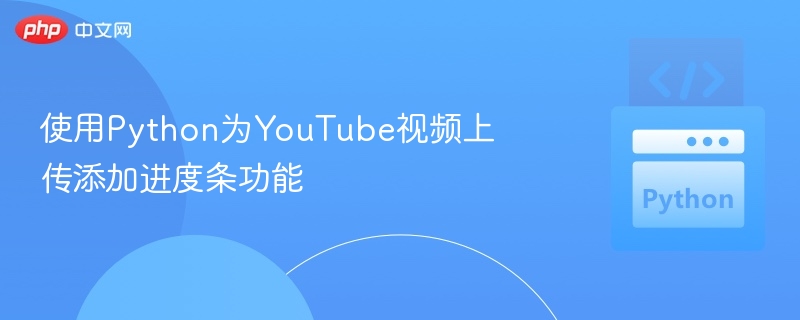
- 文章 · python教程 | 10分钟前 |
- 使用Python为YouTube视频上传添加进度条功能
- 133浏览 收藏
-

- 文章 · python教程 | 37分钟前 |
- Python高效处理嵌套文件迭代:构建动态URL的技巧
- 315浏览 收藏
-
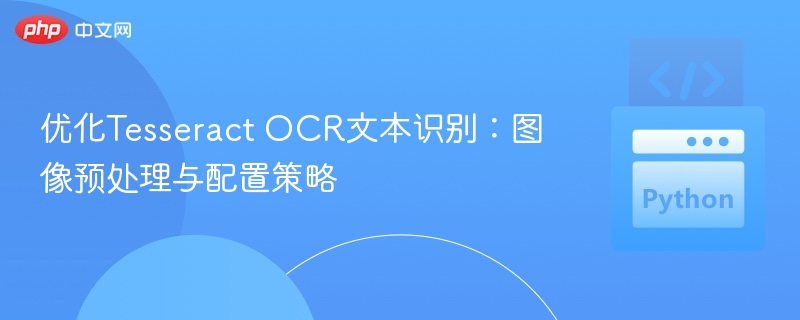
- 文章 · python教程 | 40分钟前 |
- 优化Tesseract OCR文本识别:图像预处理与配置策略
- 370浏览 收藏
-

- 文章 · python教程 | 1小时前 |
- Python K-means算法的计算步骤
- 238浏览 收藏
-

- 文章 · python教程 | 1小时前 |
- Discord.py 按钮交互错误解析与上下文数据传递指南
- 454浏览 收藏
-

- 文章 · python教程 | 1小时前 |
- 自动化脚本从零到精通模型调优的实践方法【教程】
- 303浏览 收藏
-
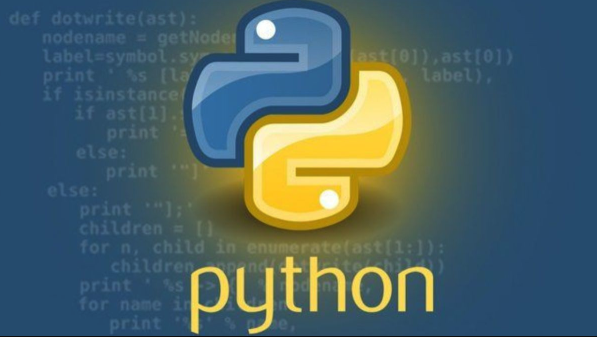
- 文章 · python教程 | 2小时前 |
- Python怎样实现植物识别?深度学习模型应用
- 169浏览 收藏
-
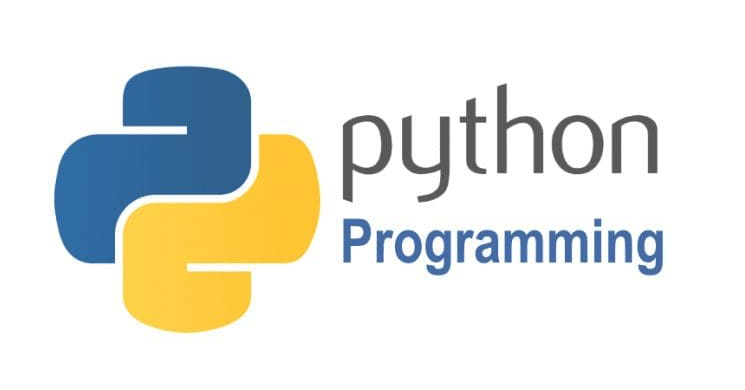
- 文章 · python教程 | 3小时前 |
- Python集合操作如何理解_交并差运算实战解析【技巧】
- 465浏览 收藏
-
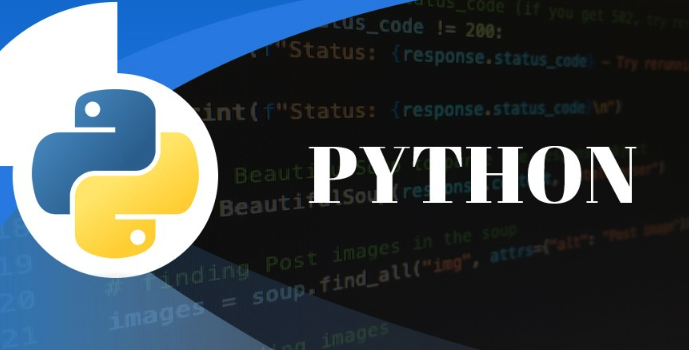
- 文章 · python教程 | 3小时前 | Python self
- python类中的self是什么意思_python类中self关键字作用解析
- 357浏览 收藏
-
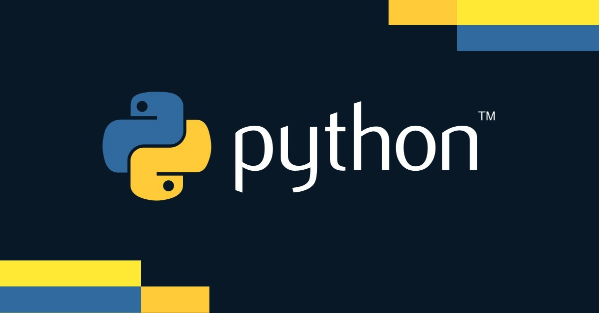
- 文章 · python教程 | 3小时前 | Python 迭代器
- python迭代器和生成器的总结
- 424浏览 收藏
-
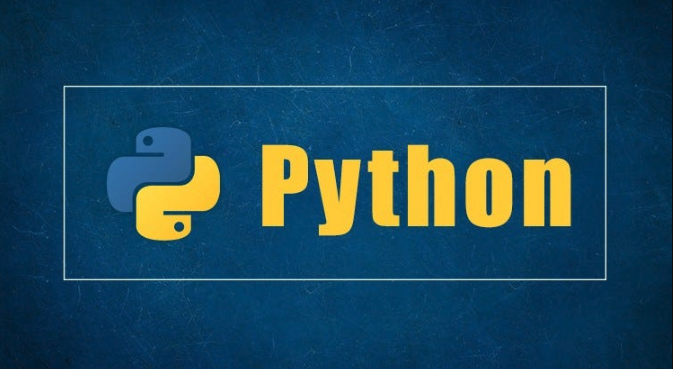
- 文章 · python教程 | 3小时前 | 字典 items()
- python中字典items()函数如何使用?
- 418浏览 收藏
-
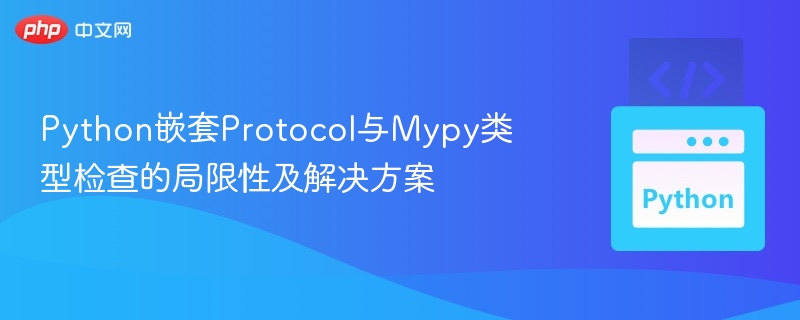
- 文章 · python教程 | 3小时前 |
- Python嵌套Protocol与Mypy类型检查的局限性及解决方案
- 308浏览 收藏
-

- 前端进阶之JavaScript设计模式
- 设计模式是开发人员在软件开发过程中面临一般问题时的解决方案,代表了最佳的实践。本课程的主打内容包括JS常见设计模式以及具体应用场景,打造一站式知识长龙服务,适合有JS基础的同学学习。
- 543次学习
-

- GO语言核心编程课程
- 本课程采用真实案例,全面具体可落地,从理论到实践,一步一步将GO核心编程技术、编程思想、底层实现融会贯通,使学习者贴近时代脉搏,做IT互联网时代的弄潮儿。
- 516次学习
-

- 简单聊聊mysql8与网络通信
- 如有问题加微信:Le-studyg;在课程中,我们将首先介绍MySQL8的新特性,包括性能优化、安全增强、新数据类型等,帮助学生快速熟悉MySQL8的最新功能。接着,我们将深入解析MySQL的网络通信机制,包括协议、连接管理、数据传输等,让
- 500次学习
-

- JavaScript正则表达式基础与实战
- 在任何一门编程语言中,正则表达式,都是一项重要的知识,它提供了高效的字符串匹配与捕获机制,可以极大的简化程序设计。
- 487次学习
-

- 从零制作响应式网站—Grid布局
- 本系列教程将展示从零制作一个假想的网络科技公司官网,分为导航,轮播,关于我们,成功案例,服务流程,团队介绍,数据部分,公司动态,底部信息等内容区块。网站整体采用CSSGrid布局,支持响应式,有流畅过渡和展现动画。
- 485次学习
-
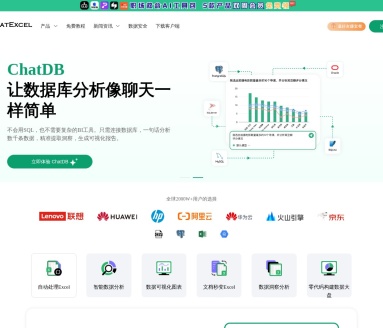
- ChatExcel酷表
- ChatExcel酷表是由北京大学团队打造的Excel聊天机器人,用自然语言操控表格,简化数据处理,告别繁琐操作,提升工作效率!适用于学生、上班族及政府人员。
- 3367次使用
-

- Any绘本
- 探索Any绘本(anypicturebook.com/zh),一款开源免费的AI绘本创作工具,基于Google Gemini与Flux AI模型,让您轻松创作个性化绘本。适用于家庭、教育、创作等多种场景,零门槛,高自由度,技术透明,本地可控。
- 3575次使用
-

- 可赞AI
- 可赞AI,AI驱动的办公可视化智能工具,助您轻松实现文本与可视化元素高效转化。无论是智能文档生成、多格式文本解析,还是一键生成专业图表、脑图、知识卡片,可赞AI都能让信息处理更清晰高效。覆盖数据汇报、会议纪要、内容营销等全场景,大幅提升办公效率,降低专业门槛,是您提升工作效率的得力助手。
- 3609次使用
-

- 星月写作
- 星月写作是国内首款聚焦中文网络小说创作的AI辅助工具,解决网文作者从构思到变现的全流程痛点。AI扫榜、专属模板、全链路适配,助力新人快速上手,资深作者效率倍增。
- 4737次使用
-

- MagicLight
- MagicLight.ai是全球首款叙事驱动型AI动画视频创作平台,专注于解决从故事想法到完整动画的全流程痛点。它通过自研AI模型,保障角色、风格、场景高度一致性,让零动画经验者也能高效产出专业级叙事内容。广泛适用于独立创作者、动画工作室、教育机构及企业营销,助您轻松实现创意落地与商业化。
- 3981次使用
-
- Flask框架安装技巧:让你的开发更高效
- 2024-01-03 501浏览
-
- Django框架中的并发处理技巧
- 2024-01-22 501浏览
-
- 提升Python包下载速度的方法——正确配置pip的国内源
- 2024-01-17 501浏览
-
- Python与C++:哪个编程语言更适合初学者?
- 2024-03-25 501浏览
-
- 品牌建设技巧
- 2024-04-06 501浏览



